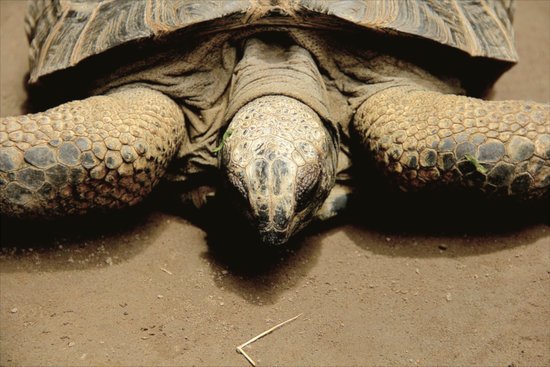
Follow these simple precautions and honu 'ea might have a chance for a bright future in Hawai'i. To discourage predators, always keep beaches clean of food scraps. Cover your flashlight lens with a red filter to minimize the bright white light and remember to direct the light beams away from the ocean. Since fires and lights disorient nesting turtles and hatchlings, do not build campfires when camping at the beach during the nesting season. Your Actions Directly Impact Their Future On their last remote nesting beaches, artificial lights may attract and disorient nesting females and hatchlings, causing them to head away from the water where they become stranded and die. Loss of nesting habitat, predation and poaching have reduced honu'ea populations to critically low levels.

As few as one in 1,000 honu 'ea hatchlings survive to adulthood. Once they reach the ocean, large fish and other sea creatures find them irresistible. Along the way to the sea, they face a variety of predatory crabs, rats, mongooses, cats, dogs and pigs. They find the ocean by crawling towards the brighter, open horizon. Hatchlings emerge under cover of darkness as the sand temperature begins to drop a few hours after sunset. After she deposits and covers an average of 180 eggs, she returns to the sea, leaving the eggs to incubate during the next two months. The female waits until night to crawl ashore and uses her hind flippers to dig a narrow egg chamber in the sand near vegetation. Of the few beaches they nest on statewide, three are protected along the remote coast in Hawai'i Volcanoes National Park. Males never come to shore and females only do so in order to nest. Called honu ʻea or ʻea by Hawaiians, they feed almost exclusively on sponges. This turtle spends most of its life on coral reefs and shallow lagoons and less time in open oceans.Green sea turtles are common around the island, but our coastal waters also harbor its more elusive and rare cousin-the Hawaiian hawksbill turtle. In accordance with the temperature of the water, its color slightly alters. Imbricata is its curved and sharp beak with noticeable tomium and the margin of the shell that appears like a saw. Male hawksbills are different from their females in that, their claws are long, tails thicker and have a brilliant color. Another peculiar feature is its pair of claws that ornament each flipper. Their “hawksbill” name refers to their heads tapering to a point in the form of a bird’s beak. Its carapace has a conspicuous coloration and serrations with scutes or thick bony plates overlapping one over the other. At infancy, their upper shell or carapace has a heart shape and while growing, it lengthens. The shell length of hawksbill is 45” (114 cm) and weight is 150 lbs (68 kg).

When compared with the other sea turtles, the hawksbill sea turtle is not that large. We find adult hawksbill sea turtles chiefly in the Atlantic Ocean, Pacific Ocean and coral reefs in India.

The weight of the heaviest hawksbill captured till date was 127 kg (280 lbs). For instance for the locals residing in the coral triangle, the main source of income is from the tourists who have a high regard for turtles. The adult hawksbill sea turtles grow as long as 1 m (3 ft) and weigh as much as 80kg (180 lbs) at an aggregate. Hawkbills contribute greatly to tourism and cultural values. As and when the sponges that prey on the reefs move away from the surface, an enhanced entrance becomes accessible to the reef fish to feed on. The hawksbills help to maintain the health of coral reef.

The subspecies E.i.bissa is of the Indo-Pacific region. This species spread wide from the Atlantic Ocean to Pacific Ocean. It is the sole species that exists in the Eretmochelys genus. The hawksbill sea turtle (Eretmochelys imbricate) that hails from the Chelonidae family is a seriously endangered turtle.


 0 kommentar(er)
0 kommentar(er)
